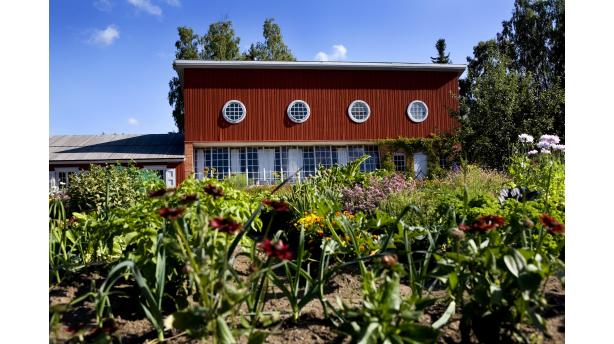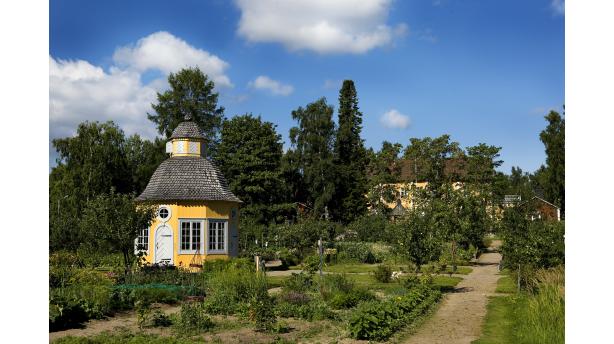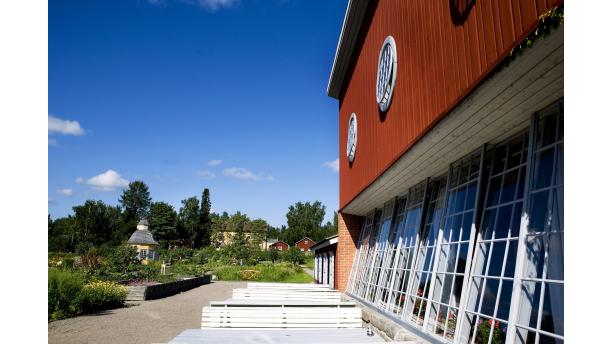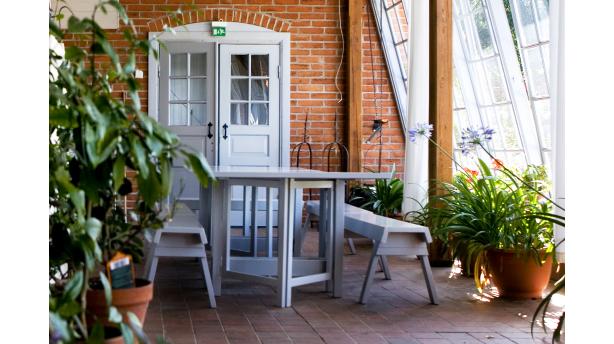The garden is both green and sweet. Among the plants you can find Stevia, which is used as a sweetener in soft drinks. Adorable little baby lambs usually also graze next to the garden in the summer.
Museum A-Ö » Historical people and places » Aspegren Garden – Rosenlund Vicarage
Aspegren Garden – Rosenlund Vicarage




Did you know...
The garden is both green and sweet. Among the plants you can find Stevia, which is used as a sweetener in soft drinks. Adorable little baby lambs usually also graze next to the garden in the s ...
The Aspegren Garden and Rosenlund Vicarage form a unique garden milieu in the urban area. Provost Gabriel Aspegren had the Rosenlund constructed in the 18th century, and the garden is one of the oldest vicarage gardens in Finland as well as an exceptionally well-preserved milieu in Scandinavia. Rosenlund is the oasis of the city both in the summer and the winter, and many different kinds of events are arranged there. Spend an autumn evening in the Huvimaja (gazebo) or participate in the theme guidance into the world of plants and history.
The Aspegren garden descends from the 18th century vicarage, and the size of the whole area is approximately 5 hectares. Gabriel Aspegren worked as a vicar and later as a provost In Pedersöre and Jakobstad in the latter half of the 18th century. He was raised in the period of utility and ardently favoured the new agricultural and gardening principles. He was for instance the first person to bring apple and potato to the region.Stone walls fenced the embanked herb and cultured garden divided into symmetrical quarters. Nowadays the Aspegren garden has been restored with its gravel lanes and cropping quarters. The 12-edged gazebo has also been built according to the old drawings surviving from the time of the provost. There are two ponds and a winter garden in the garden as well. In the newly built winter garden, in the present-day Café Örtagården premises, it is possible to enjoy a cup of coffee and pastries during the summer months.
The garden is not only a functional area dominated by cultured plants, but also a feast for the eyes in the form of different colours and shapes. The allotment gardens of the garden society bend with plants, flowers and berries, which are of course grown in a nontoxic way. Next to the former vicarage has been set up a small Bible-themed herb garden, where have been planted plants mentioned in the Bible.
There are also perennial plants grouped according to their function growing in the garden, for instance medicine and spice plants in the manner of the 18th century. It was namely important in the old times to maintain one’s own home pharmacy. The drugs were often received from one’s own garden or herbal garden. The jewel of the garden is Stevia rebaudiana, a sugar plant dating back to 1880, which is 700 times sweeter than ordinary sugar.



